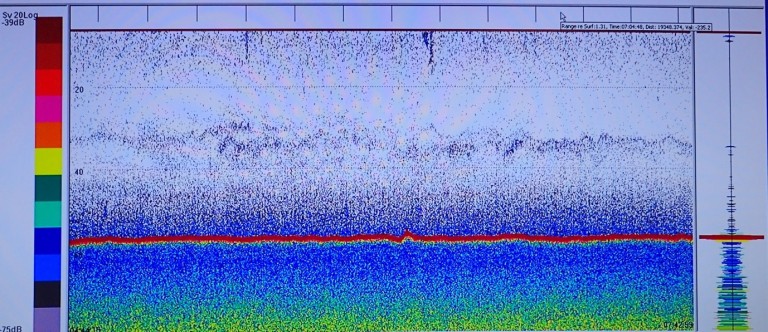Mass spawning of corals occurs annually on reefs worldwide, usually between spring and autumn, in tune with seasonal cycles of water temperature and sunlight. This extraordinary natural event remained part of the secret lives of corals until the early 1980s when scientists began to spend time underwater after dark.
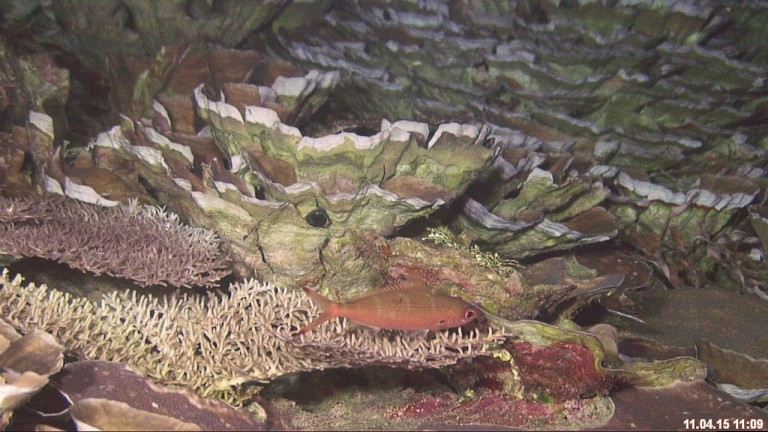
Worldwide observations of coral spawning have stemmed from plenty of time watching out for spawning events at night, but researchers have also used some clues to fast track the discovery when seeking to work out spawning times at a new location. Detailed studies have revealed that corals take several months to grow their gametes prior to each spawning event. Throughout this development immature coral eggs are usually white, but in their final month of maturation they can become coloured and readily visible to the naked eye, with pastel pinks, oranges and reds being the typical hues. Divers can check a few corals by cutting a small fragment and looking inside for evidence of the coloured eggs that signifies they are waiting to be released. This can really help when first studying a new location.
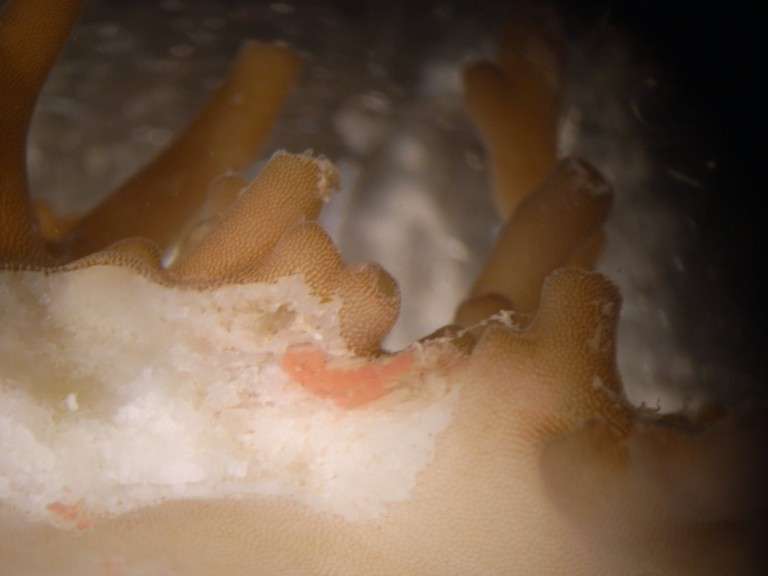
Tracking the spawn
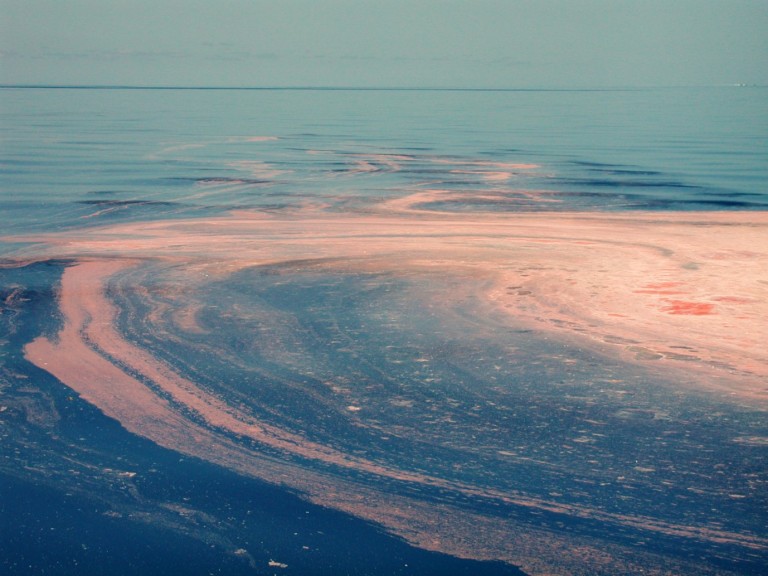
Once a spawning month has been determined for one species it provides the focal point for when other species could well be spawning at the same location as well. If many species spawn at the same time, they will form of a strong smell that comes off of the water and pink slicks of coral eggs and embryos can be seen floating on the sea the next morning.
Coral spawning around the world has nearly always involved shallow water reefs, nobody is sure what happens in coral communities living below 30 meters where scientific divers rarely spend much time. Corals living in this deeper twilight zone are poorly studied but increasing recognized as important parts of reef ecosystems worldwide. Corals are abundant in the deeper lagoon at South Scott Reef. A few samples collected during past research have indicated that some species had pale but pigmented eggs at the same time of year as the shallow species when spawning, but nothing definitive could be determined.
Falkor’s presence at Scott Reef during a potential shallow water coral spawning event following April’s full moon provides a rare opportunity to study the mesophotic (deep) corals and hopefully catch the first ever spawning observations on the nights of 12-13 April. The science team will make full use of the Falkor’s sophisticated positioning equipment and an ROV fitted with high definition cameras to keep an eye on the deep water corals over the next few nights.
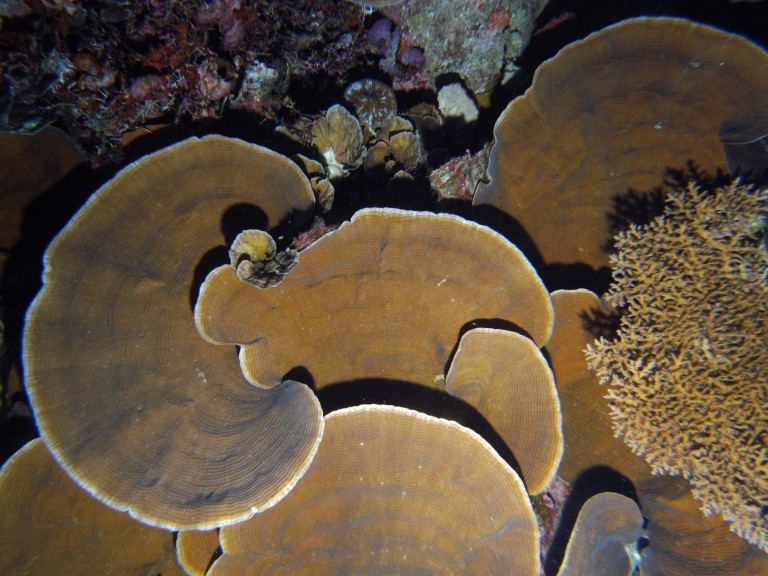
Seeing with sound
Another experiment being conducted on this trip involves an instrument called an echosounder, which uses sound waves to detect coral eggs as they make their journey through the water column after spawning. An echosounder sends a sound wave through the water that bounces, or echo’s, off anything that it hits and are picked up and measured up by a receiver. Falkor is equipped with a special EK60 echosounder which can scan for all sizes of objects from small plankton (small animals and plants) to large fish in depths of several hundred meters. From this information we can make a sound picture like the one above. The red line is the sea floor at 56 meters and above this we see different layers, or clouds, of blue dots representing objects in the water column. Part of this mix will be eggs from coral spawning either migrating up through the water column to mix at the surface, or down from the surface to settle and grow into new coral colonies.
